Dragon fruit, also known as pitaya, is one of the most exotic-looking fruits in the world. With its vibrant pink or yellow skin and speckled white or red pulp, dragon fruit is not only visually appealing but also packed with nutritional benefits. This tropical delicacy, originally native to Central America, has become increasingly popular across global markets due to its refreshing flavor, low calorie count, and superfood reputation. But as demand continues to grow, the question arises: where does the world get most of its dragon fruits?
This article delves deep into the global dragon fruit industry, exploring the top-producing countries, cultivation practices, export trends, and the reasons behind the dominance of specific regions in dragon fruit production.
Origins and Varieties of Dragon Fruit
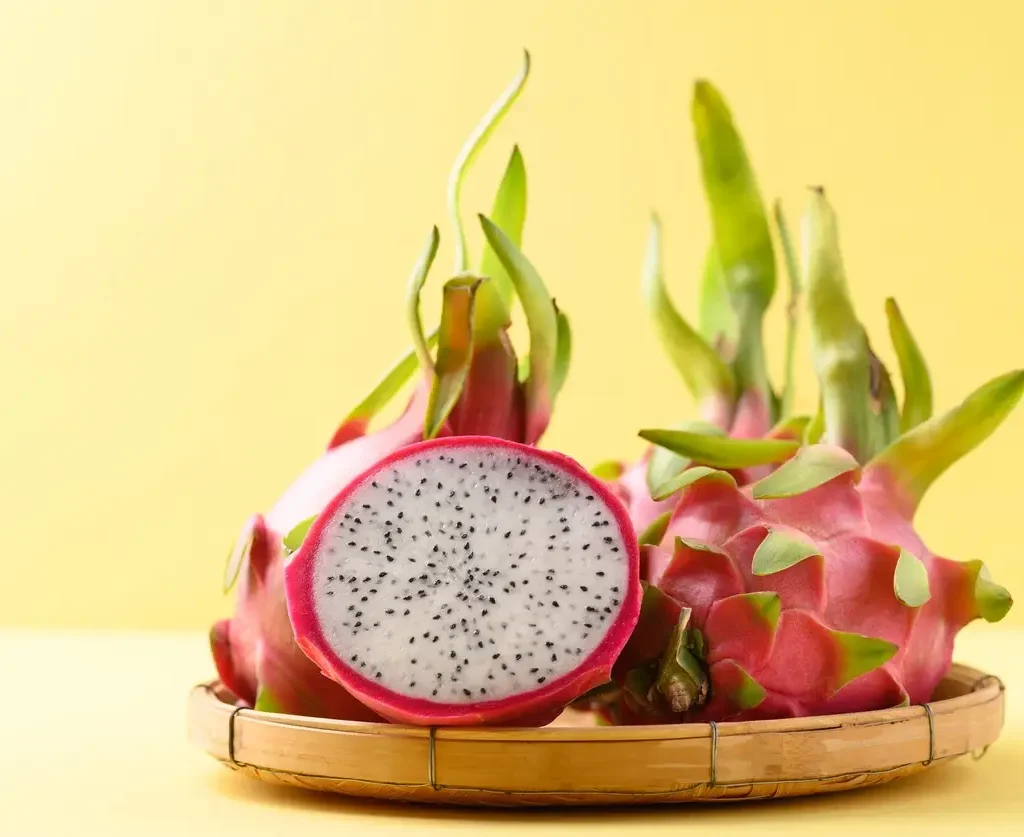
Dragon fruit belongs to the cactus family (Cactaceae), specifically to the genus Hylocereus and Selenicereus. There are three main types of edible dragon fruit:
- Hylocereus undatus – White flesh with pink skin
- Hylocereus costaricensis – Red flesh with pink skin
- Hylocereus megalanthus – White flesh with yellow skin
Though native to Mexico, Central America, and parts of South America, dragon fruit has found a second home in Asia—where climatic conditions and fertile lands have helped it thrive beyond expectations.
Global Leaders in Dragon Fruit Production

1. Vietnam – The Undisputed Dragon Fruit King
Vietnam is the world’s largest producer and exporter of dragon fruit. The fruit has become a symbol of Vietnam’s agricultural innovation and export success.
- Production Scale: Over 55% of the world’s commercial dragon fruit comes from Vietnam, especially from provinces like Binh Thuan, Long An, and Tien Giang.
- Cultivation Area: Vietnam has over 60,000 hectares dedicated to dragon fruit farming.
- Export Markets: China is the largest importer of Vietnamese dragon fruit, followed by Thailand, Indonesia, India, and several European countries.
- Reasons for Success:
- Favorable climate and soil
- Government support and investment
- Strong infrastructure for export
- Knowledge sharing and farmer training programs
Vietnam has also introduced new farming technologies, such as night lighting for off-season blooming, which ensures year-round production.
2. China – A Rising Giant in Dragon Fruit Farming
Although primarily known as a top consumer, China has rapidly scaled up domestic dragon fruit production in recent years.
- Regions: The Guangxi, Hainan, and Guangdong provinces lead cultivation efforts.
- Production Focus: While still importing a large volume from Vietnam, China is increasingly becoming self-sufficient.
- Government Support: Heavy investment in agricultural technology and high-yield hybrid varieties.
- Market Strategy: Focused on serving domestic demand through locally grown produce while maintaining imports for consistent supply.
3. Thailand – Quality and Quantity Combined
Thailand has a long history of growing tropical fruits, and dragon fruit has emerged as a valuable addition to its fruit basket.
- Regions: Northern and central Thailand have embraced dragon fruit farming.
- Export: Thailand exports to several Asian and Middle Eastern countries.
- Market Strategy: Known for high-quality, organically grown dragon fruits.
- Tourism Tie-in: Many tourist destinations also feature dragon fruit farms and agrotourism initiatives.
4. India – Emerging with Great Potential
India has shown increasing interest in dragon fruit farming, and the fruit is often marketed locally as “Kamalam.”
- States Leading Production: Maharashtra, Gujarat, Karnataka, and Andhra Pradesh.
- Government Push: Subsidies and support programs for farmers to diversify crops.
- Domestic Demand: Rapidly growing due to health awareness and expanding middle class.
- Export Potential: Still in early stages, but India is aiming to reduce imports and explore international markets.
5. Other Players – Philippines, Israel, Colombia, Ecuador, Australia, and the U.S.
Several other countries have joined the dragon fruit production landscape, each bringing unique qualities:
- Philippines: Growing steadily with a focus on local markets.
- Israel: Known for advanced agricultural techniques and greenhouse cultivation.
- Colombia and Ecuador: Favorable climates and proximity to U.S. and Canadian markets.
- Australia and the U.S. (California, Florida, Texas): Specialty farms catering to niche and high-end markets.
Dragon Fruit Export Trends
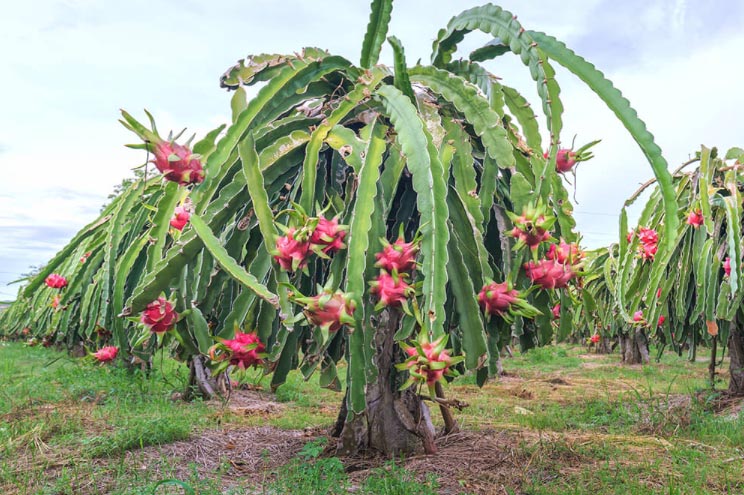
Vietnam dominates the global export market due to its combination of high production and developed logistics. Some key export statistics:
- China accounts for over 80% of Vietnam’s dragon fruit exports.
- Europe and North America are growing markets for organic and premium varieties.
- ASEAN countries often trade regionally due to shorter transport times and trade agreements.
Factors Driving Global Demand
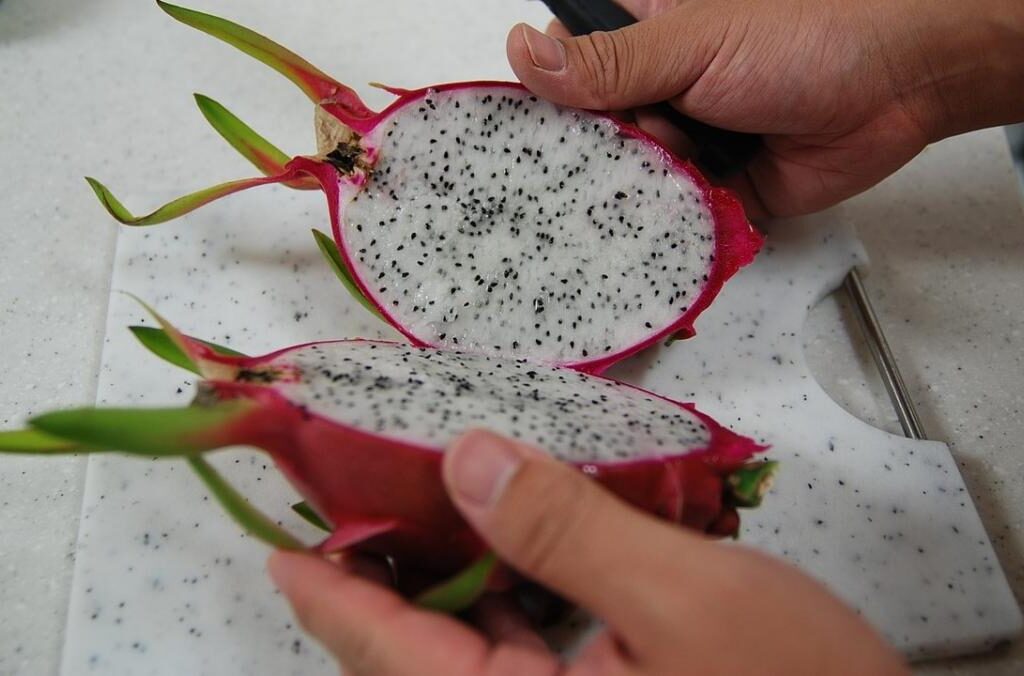
- Health Benefits: Rich in antioxidants, fiber, vitamin C, and magnesium.
- Culinary Versatility: Used in smoothies, desserts, salads, juices, and even cocktails.
- Exotic Appeal: Its vibrant look and texture make it a popular item on social media and health blogs.
- Rising Health Awareness: Especially post-COVID, the global shift toward healthier diets has made dragon fruit more appealing.
Challenges in Dragon Fruit Production
While dragon fruit is a lucrative crop, producers face several challenges:
- Perishability: The fruit has a short shelf life, making long-distance shipping complex.
- Weather Vulnerability: Excess rain or extreme heat can damage crops.
- Pests and Diseases: Root rot, stem canker, and fungal infections are common.
- Price Fluctuations: Oversupply in peak season can drive prices down, hurting small farmers.
- Trade Barriers: Tariffs, inspection standards, and import restrictions can disrupt supply chains.
Future Outlook
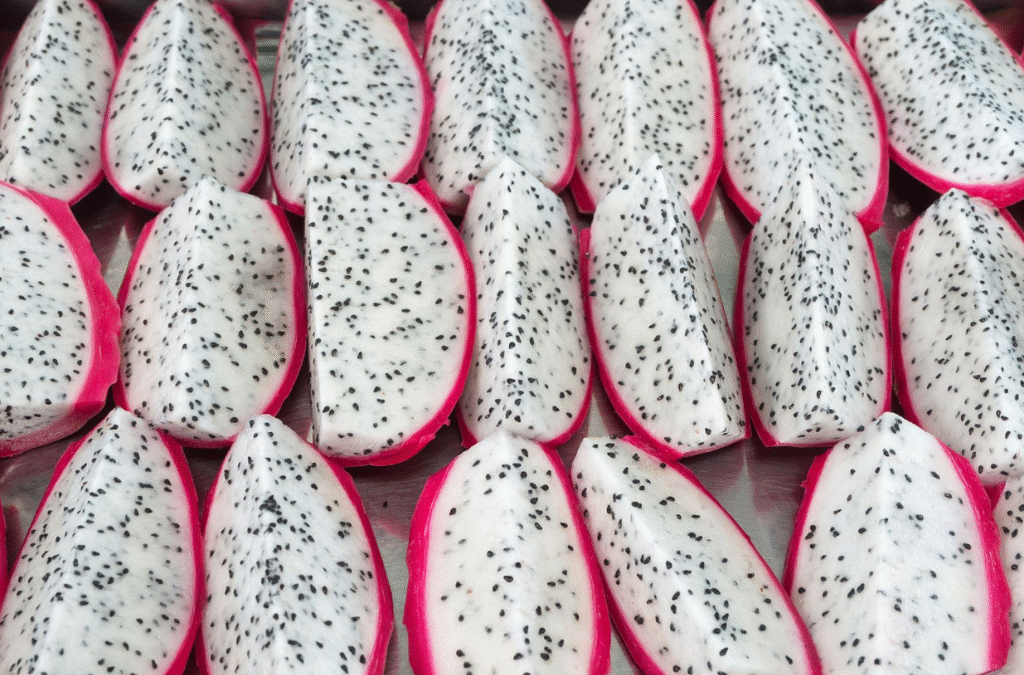
The global dragon fruit industry is poised for continued growth. Key future trends include:
- Increased Research: On improving shelf life, pest resistance, and productivity.
- Organic Farming: Rising consumer preference for organic dragon fruit.
- Sustainable Packaging: To appeal to eco-conscious consumers.
- Agri-tourism and Farm-to-Table Models: Allowing consumers to experience the source of their food.
With global demand rising steadily and more countries investing in its cultivation, the dragon fruit market is transitioning from a niche segment to a mainstream tropical fruit category.
Conclusion
So, where does the world get most of its dragon fruits? The clear answer is Vietnam—a global powerhouse in dragon fruit production and export. With its ideal growing conditions, skilled labor, government support, and strategic trade relationships, Vietnam stands at the forefront of the dragon fruit industry. However, the dynamics are shifting as countries like China, India, and Thailand step up their production capabilities to meet the growing appetite for this vibrant and healthy fruit.
As dragon fruit becomes a household name across continents, its journey from a Central American native to a global superstar reflects the power of agriculture, trade, and innovation in feeding the world.
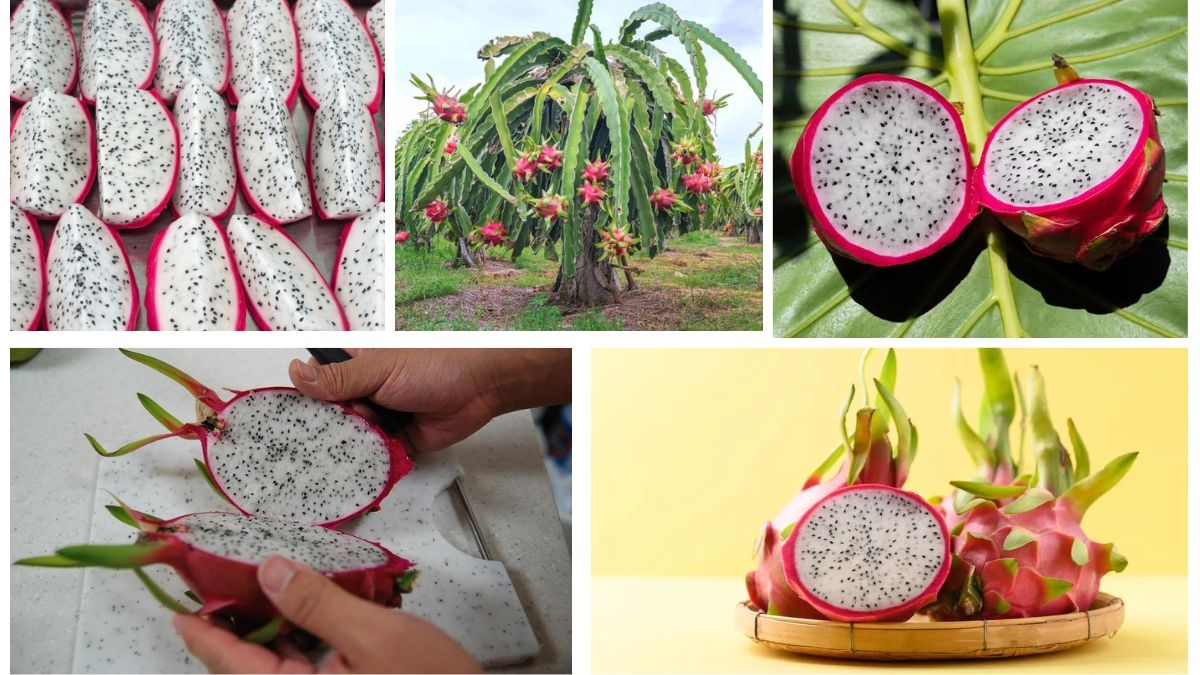



Leave A Comment